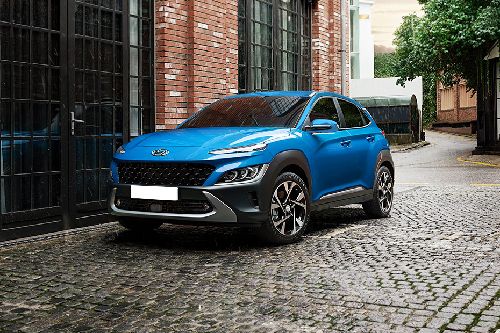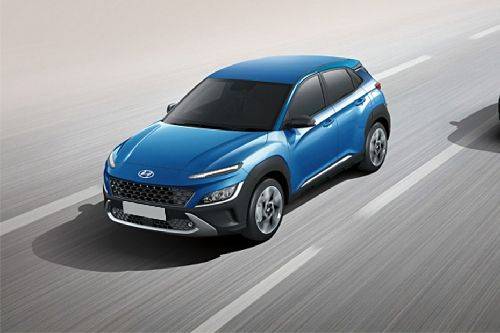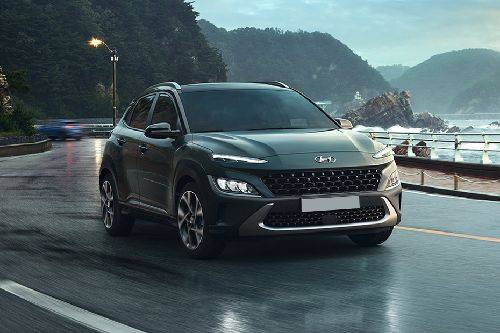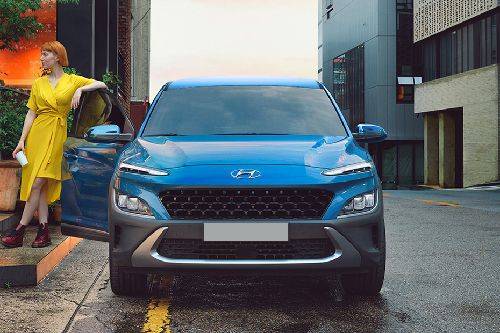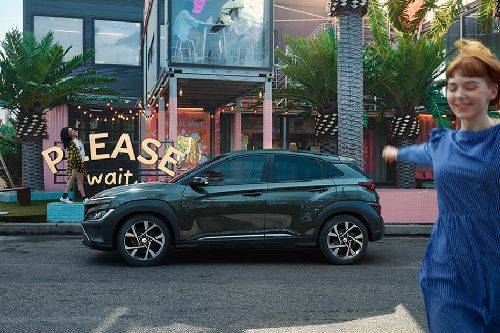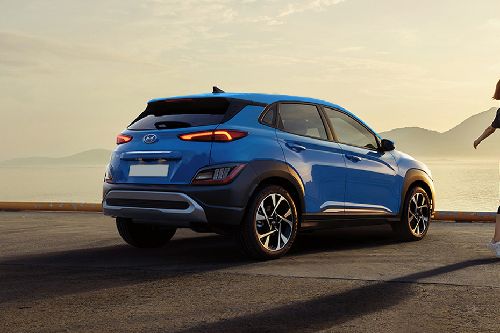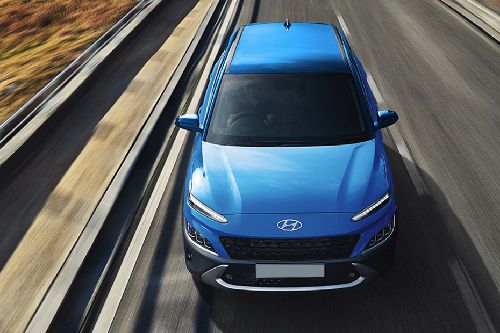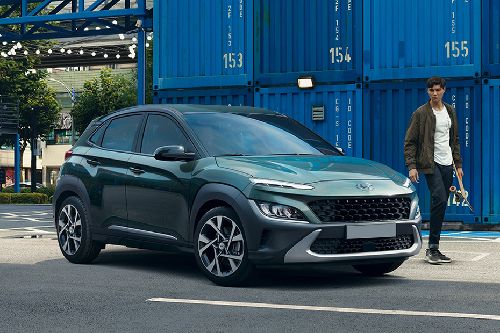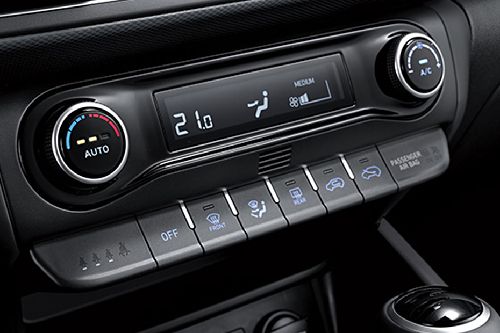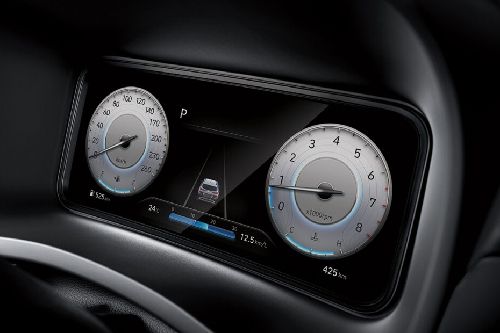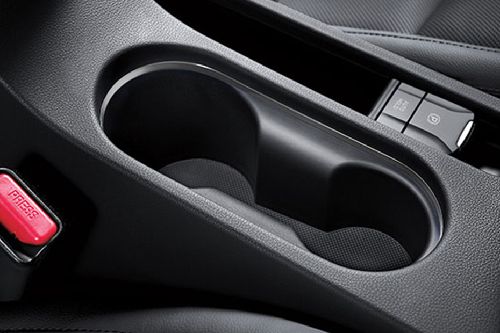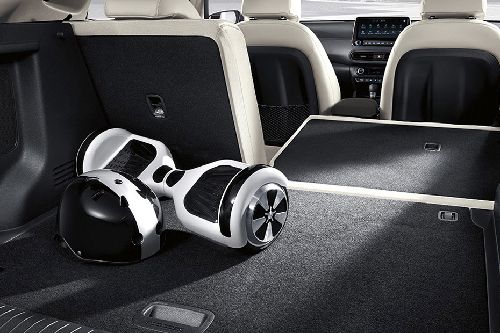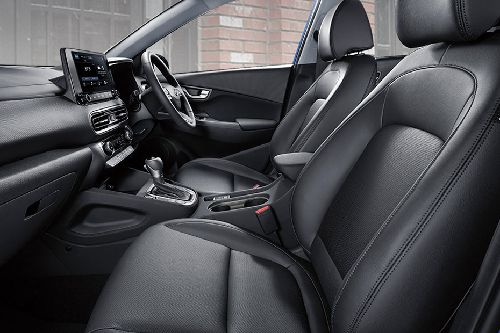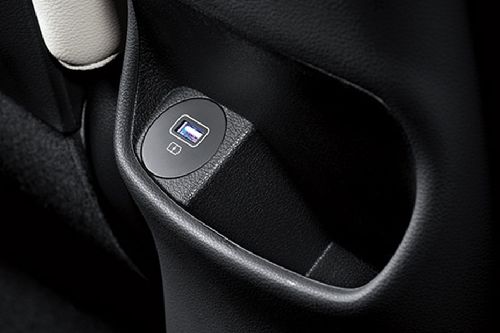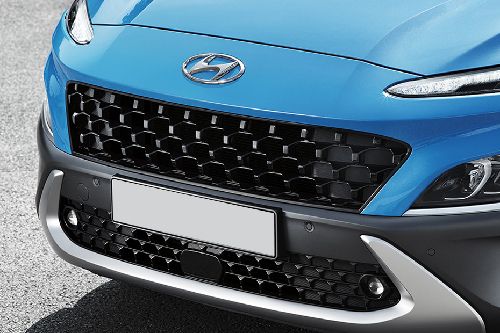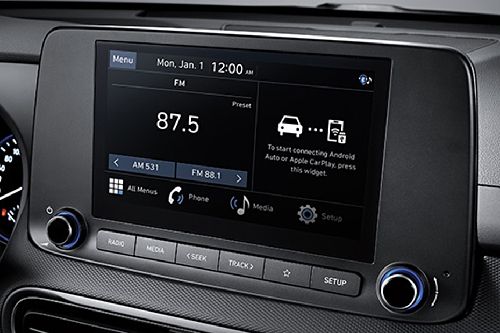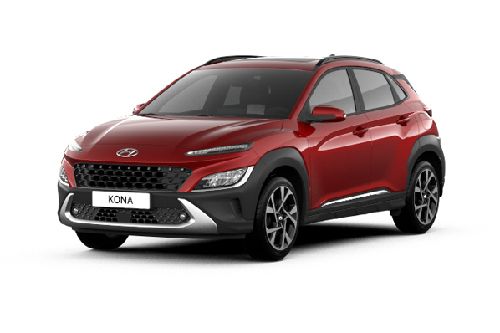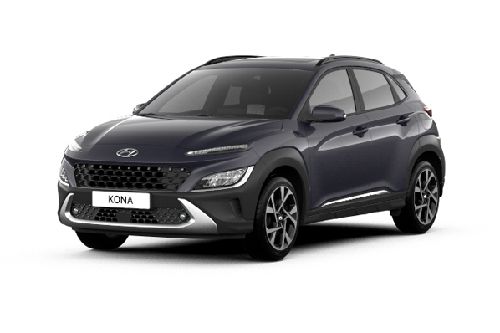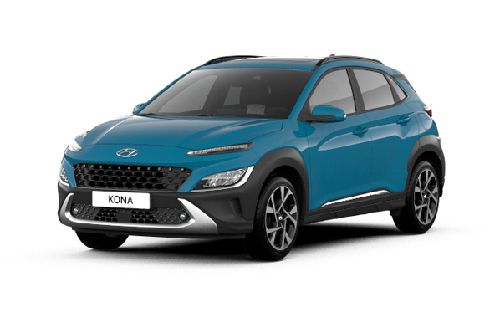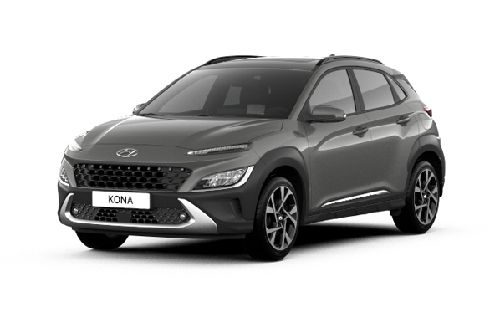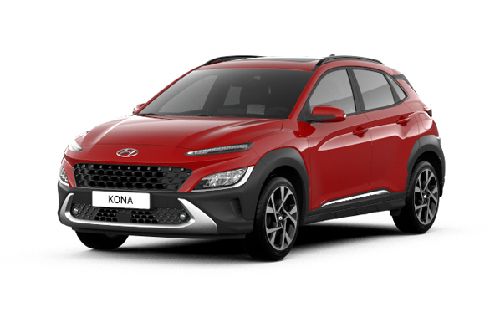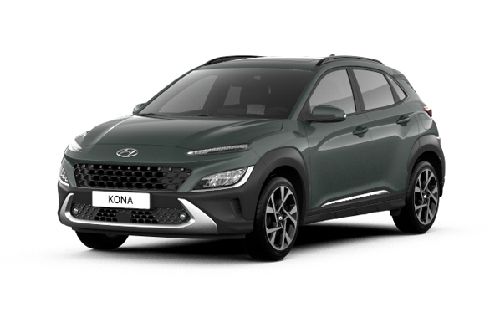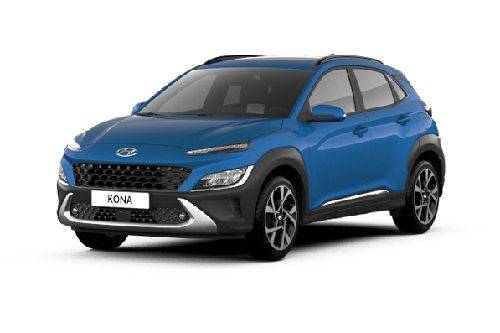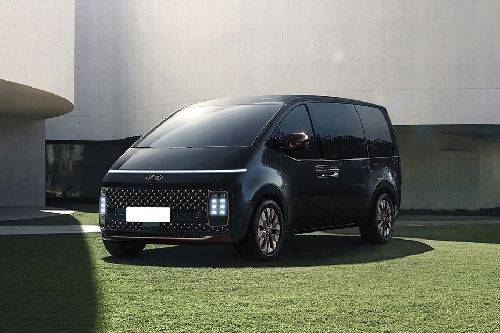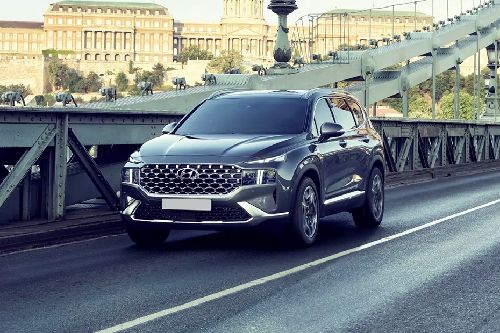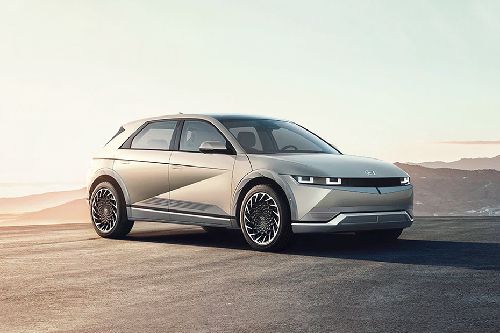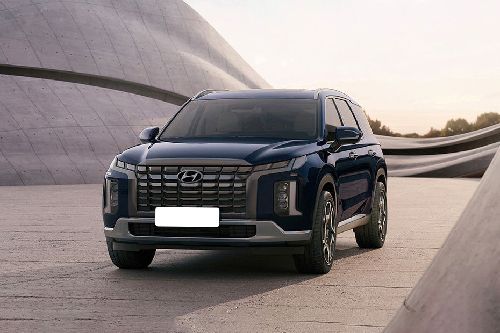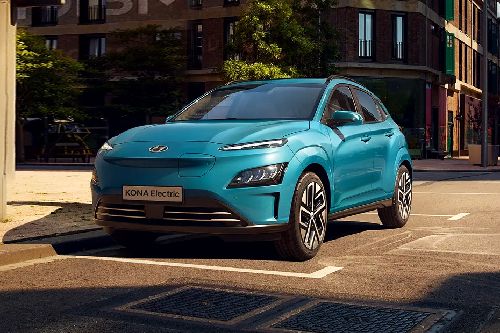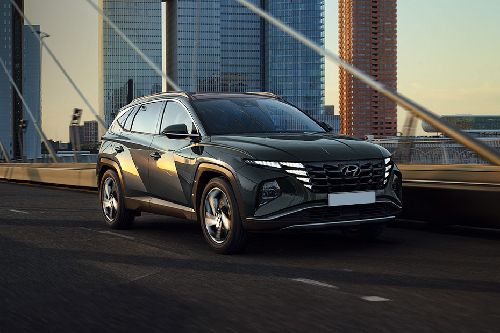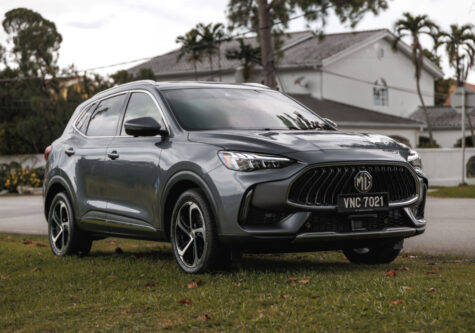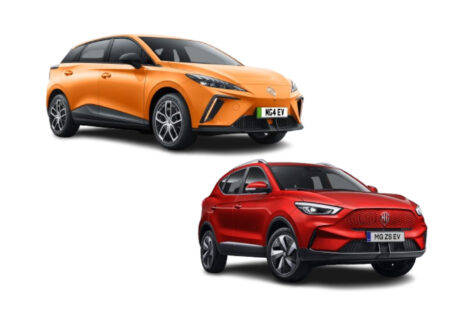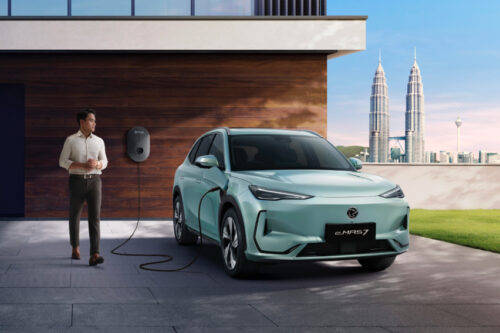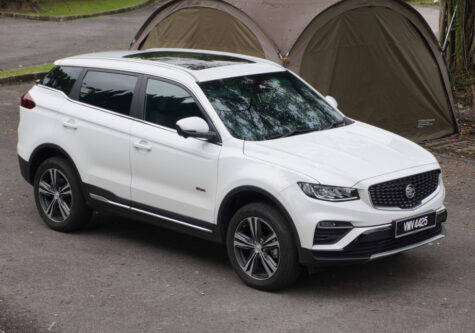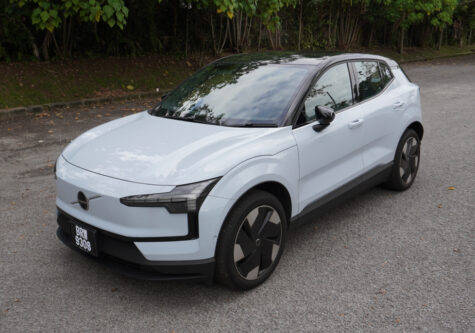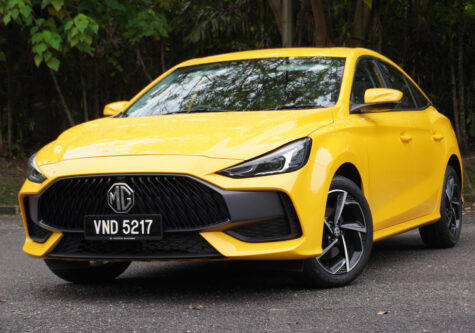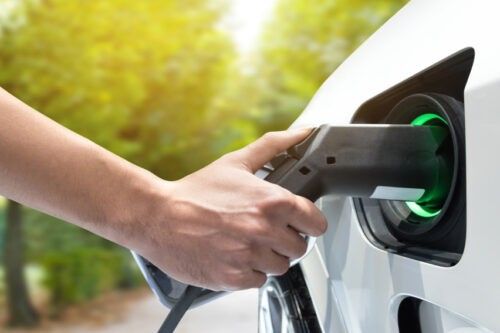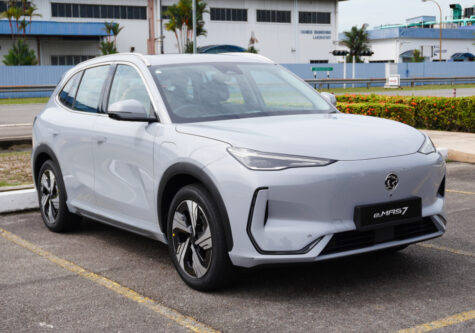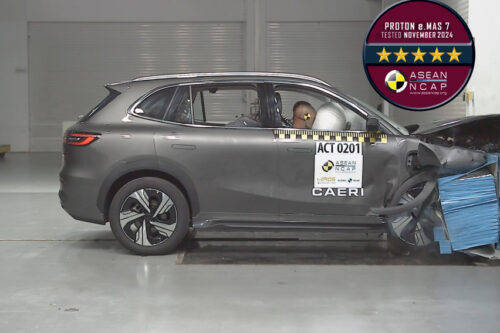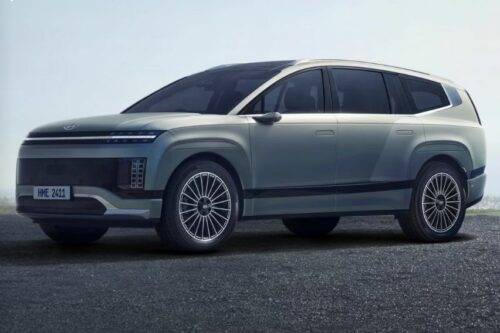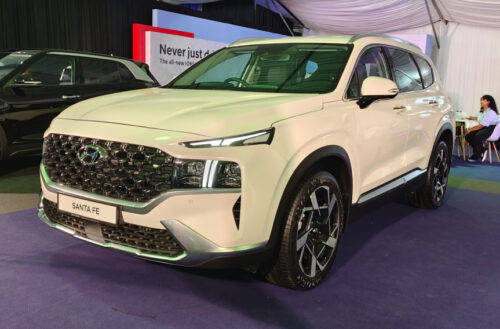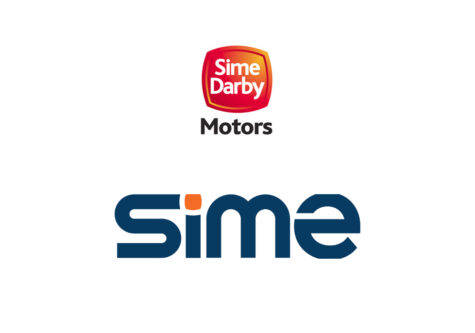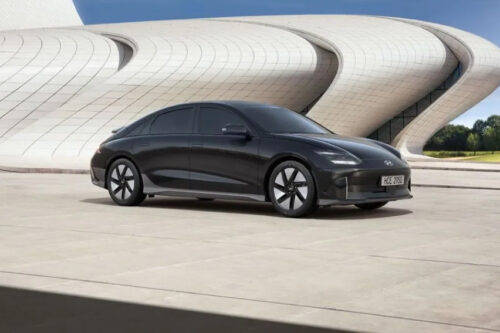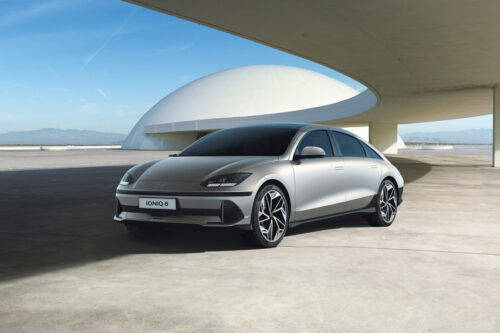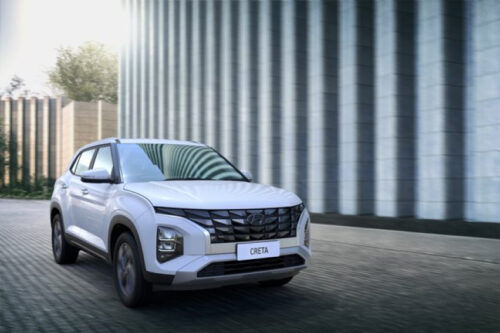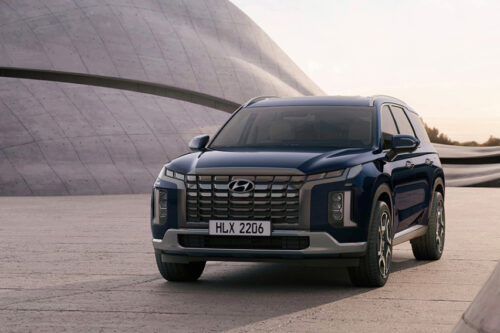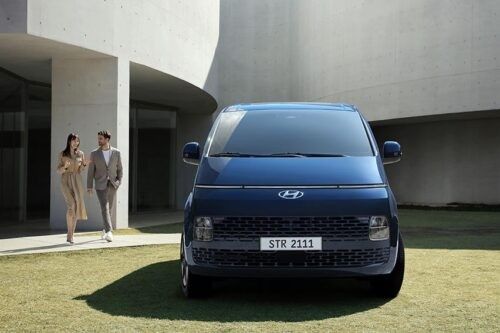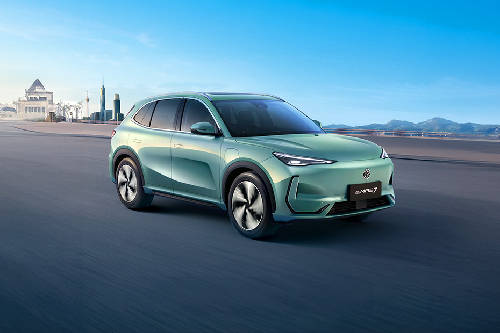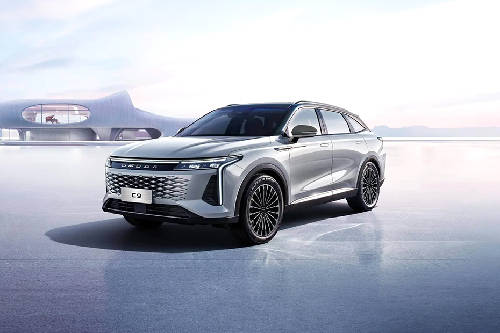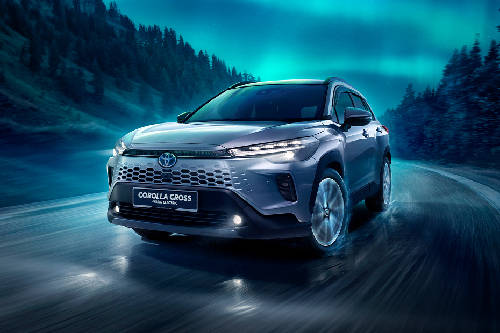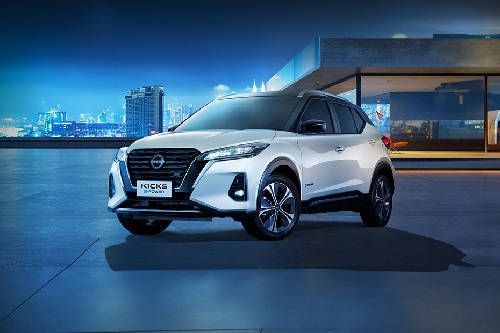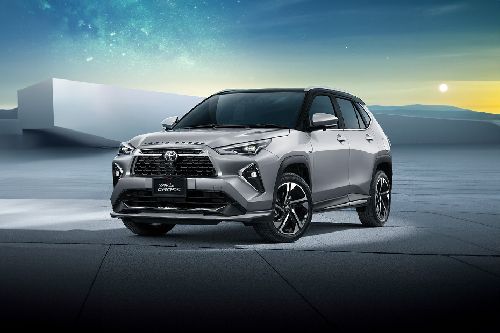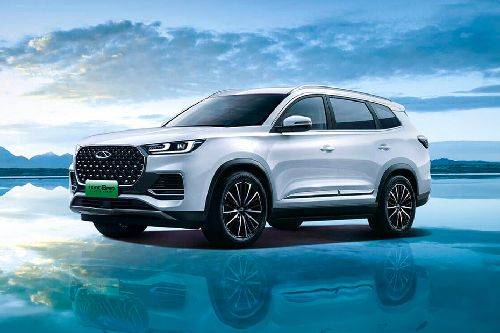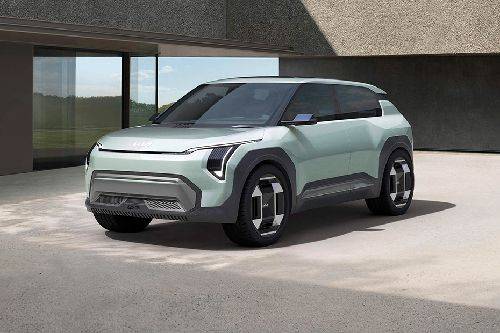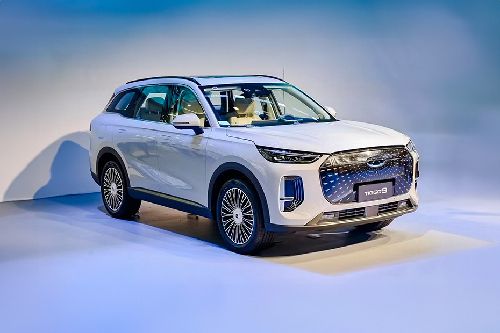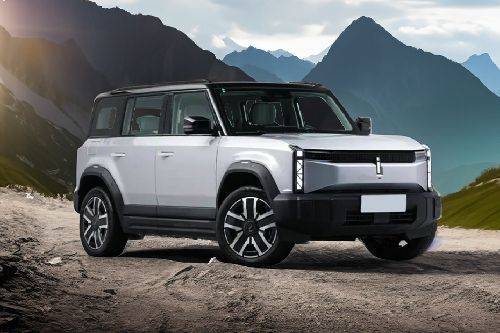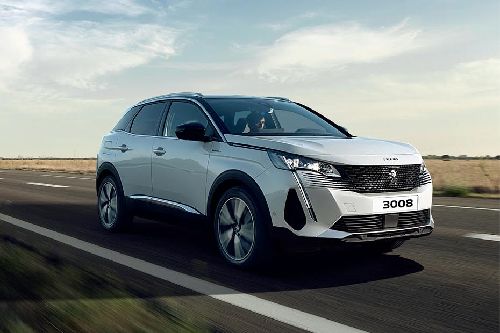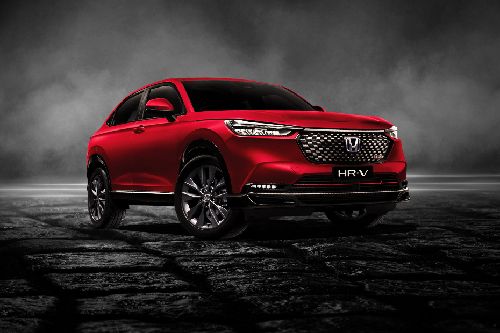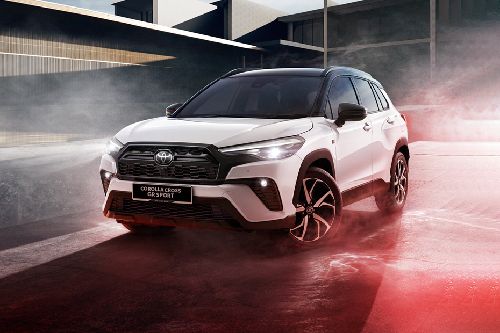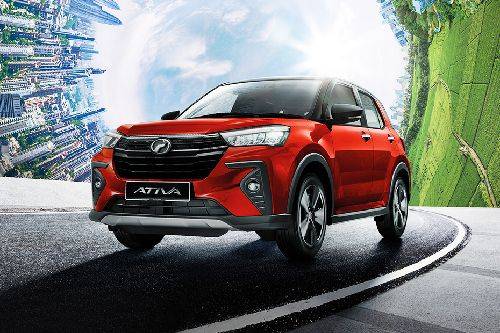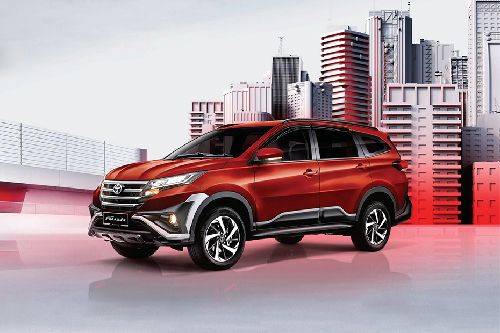2021 Hyundai Kona: Safety features explained
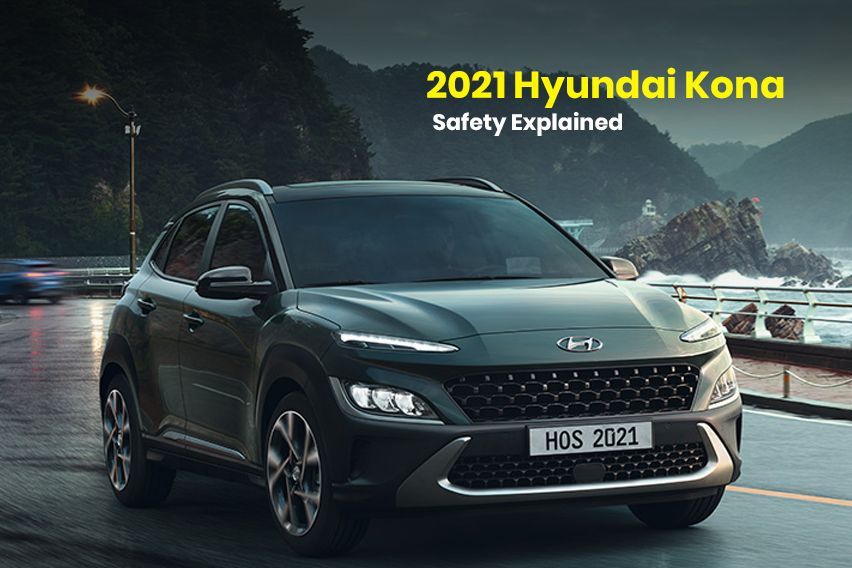
It was only recently that Hyundai Malaysia launched the all-new Kona facelift and hardly after six months of its arrival, we have a facelifted version in hand. In the new and updated form, the Kona will be offered in three variants, two of which are available with the launch - base 2.0 Standard and 2.0 Active. Hyundai has also announced a sportier N Line model that will be launched later this year.

Before we move forward discussing the Kona facelift safety specs, let’s first check out a few highlights. Starting with the crossover’s engine configuration the 2.0 Standard and 2.0 Active versions will be powered by the same 2.0-litre Nu MPI Atkinson-cycle 4-cyl mill making a maximum power output of 149 PS at 6,200 rpm and a peak torque of 180 Nm at 4,500 rpm. The power is sent to the wheels via an Intelligent Variable Transmission unit which is a CVT driven by a chain and not a belt. It is the same gearbox found in the Elantra, comes with eight virtual speeds, and motivates the car to cover the century sprint in just 9.7 seconds. The N Line model, on the other hand, will source its power from a 1.6-litre T-GDi mill.

This particular facelift incorporates several exterior and interior revisions. For instance -
- Redesigned front clip
- Contrasting body cladding
- Slimmer grille with top-mounted brand logo
- U-skid plate surrounding centre air intake
- Reshaped upper DRL graphics
- Full-LED headlights
- Rear LED lower indicators (for Active)
- Sporty-looking 17-inch turbine-style rollers (for Standard) & two-tone 18-inch wheels with criss-cross design for Active trim
- Taller transmission tunnel
- New Electronic parking brake
- New air vents with aluminum-effect surrounds
- Twist-to-close airflow control knob
- Standard 8-inch freestanding touchscreen with a revamped interface and Apple CarPlay & Android Auto support
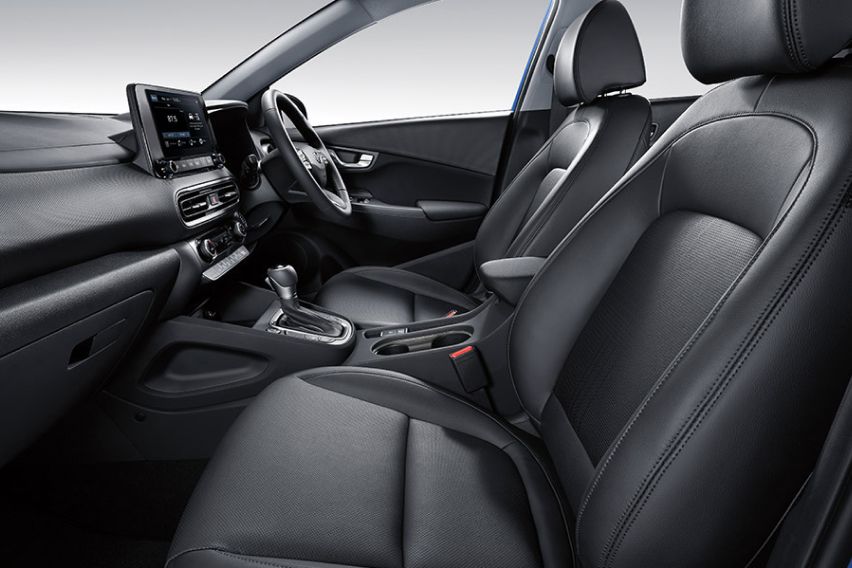
- 10.25-inch digital instrument display (for Active)
- 4.2-inch Supervision cluster (for Standard)
- New rotary selector for drive mode selection (Eco, Normal, Sport,
- Traction Control with Snow, Sand, and Mud settings)
- Keyless entry system
- Rear USB port with tray
- Rear centre cubby hole
Furthermore, the 2.0 Active variant comes with single-zone climate control, heated door mirrors, 8-way power-adjustable driver’s seat, head-up display, front fog lights, automatic wipers, and front parking sensors.

Enough for the new Kona’s styling and comfort upgrades, now let’s address its safety profile.
Starting with standard inclusions - six airbags, hill descent control, ABS with EBD & brake assist, hill start assist, stability control, and rear ISOFIX child seat anchors. The highlight here is the inclusion of SmartSense driver assistance systems that are available with all the trims except for the 2.0 Standard.
The new Hyundai Kona SmartSense system includes -
Forward Collision-Avoidance Assist (FCA)

This system uses a front camera that gives an early warning to the driver in case of collision danger. If necessary, FCA automatically applies the brake to prevent any mishappening.
Lane Keeping Assist (LKA)/ Lane Following Assist (LFA)

This keeps the car within the lane via its front view camera that monitors the lane markers. An unintentional lane departure is followed by a warning. Even corrective steering input is provided automatically to keep the car within the lane.
Driver Attention Warning (DAW)

This system detects the driver’s attention level. Whenever a sign of inattentiveness is detected, it provides a warning and suggests rest.
Leading Vehicle Departure Alert (LVDA)
During a stoppage, the LVDA alerts the driver when the leading vehicle departs.
Blind-Spot Collision-Avoidance Assist (BCA)

As the name suggests, BCA uses a radar to monitor the blind spots. In case the system detects a vehicle while the turn indicator is flashing, it applies the brake automatically before the driver attempts to change the lane.
Safe Exit Warning (SEW)

The SEW comes as a pioneering innovation in the field of driving assistance systems. It alerts the passengers about the vehicle approaching from behind, thus letting them know when it is safe to open the door to exit the car.
High Beam Assist (HBA)

This system automatically adjusts the headlamp range - switching it between high and low beam by scanning the road for oncoming headlights.
So, what are your thoughts on the 2021 Hyundai Kona safety profile? Impressive isn’t it. Do let us know your thoughts in the comments.
Also Read: 2021 Hyundai Staria MPV technical details out, launch soon
Sell your car at the best price
 Verified and genuine buyers
Verified and genuine buyers
-
Explore Hyundai Kona
Hyundai Car Models
Don't Miss
Trending & Fresh Updates
- Latest
- Popular
You might also be interested in
- News
- Featured Stories
Hyundai Featured Cars
- Latest
- Popular
Compare & Recommended
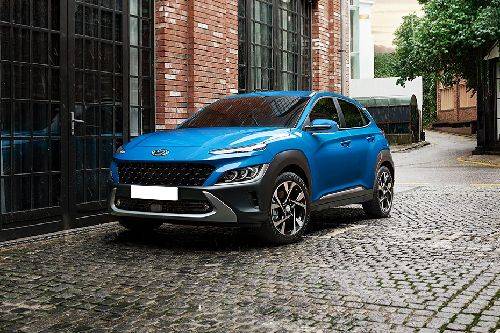
|
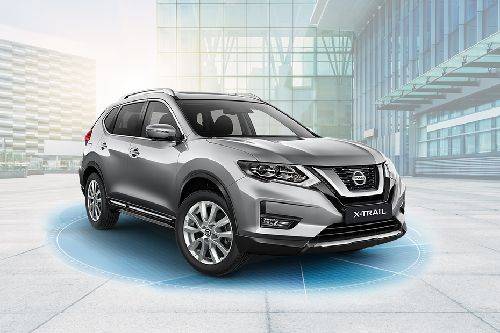
|
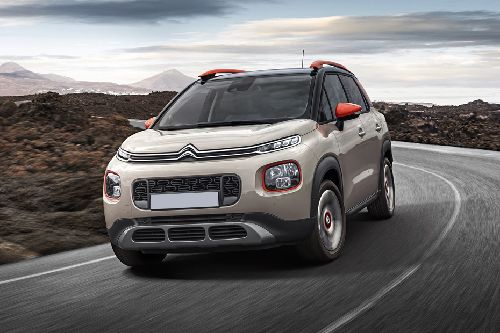
|
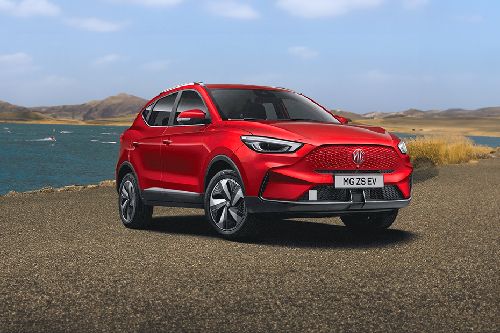
|
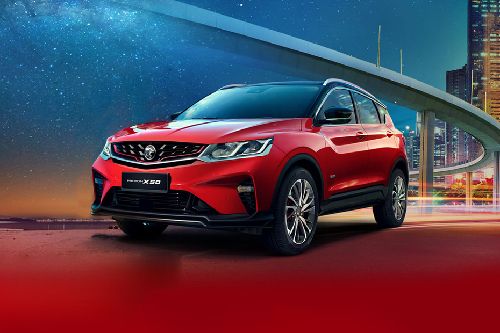
|
|
Seating Capacity
5
|
7
|
5
|
5
|
5
|
|
Engine
1999
|
1997
|
1199
|
-
|
1477
|
|
Power
147
|
142
|
110
|
174
|
148
|
|
Transmission Type
CVT
|
CVT
|
Automatic
|
Automatic
|
Automatic
|
|
|
Trending SUV
- Latest
- Upcoming
- Popular

